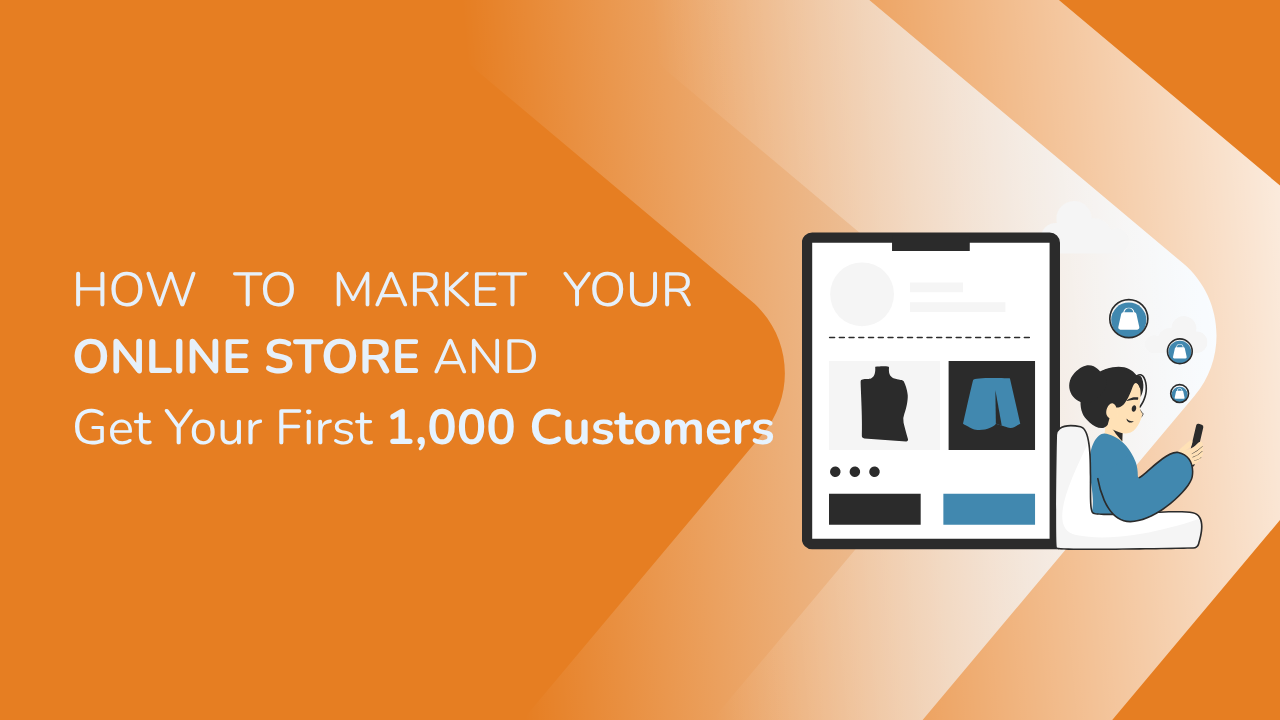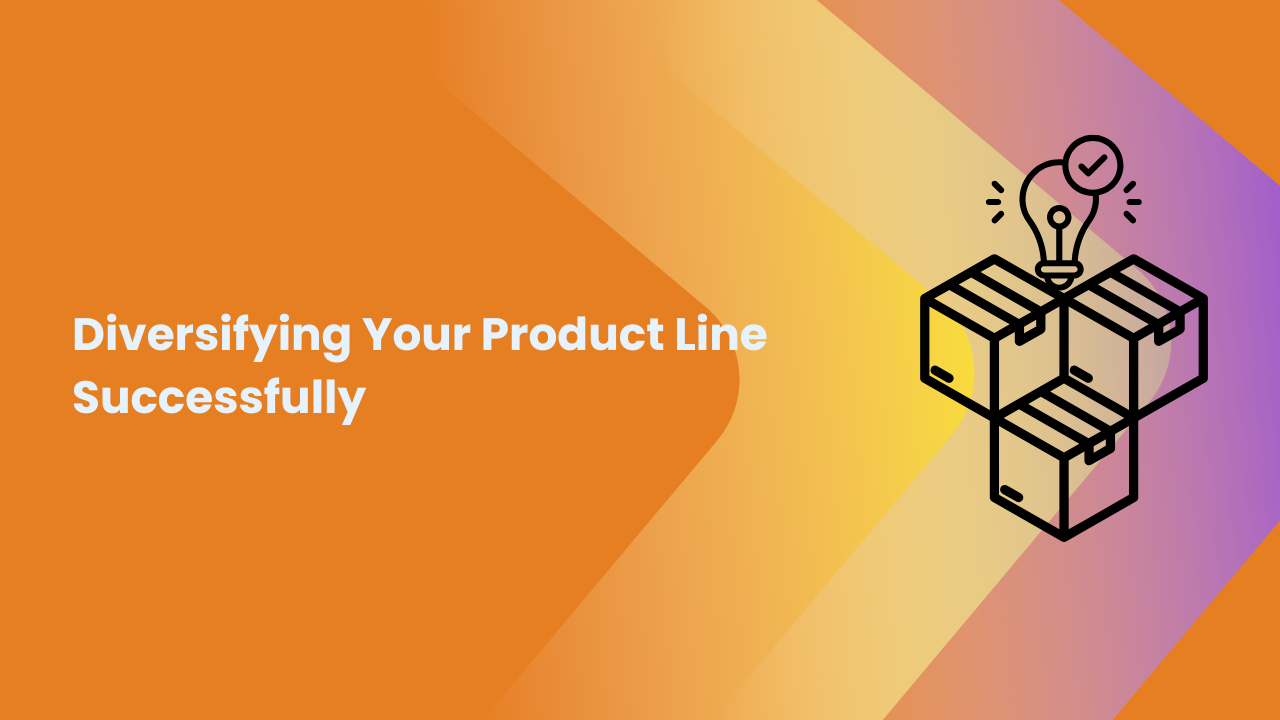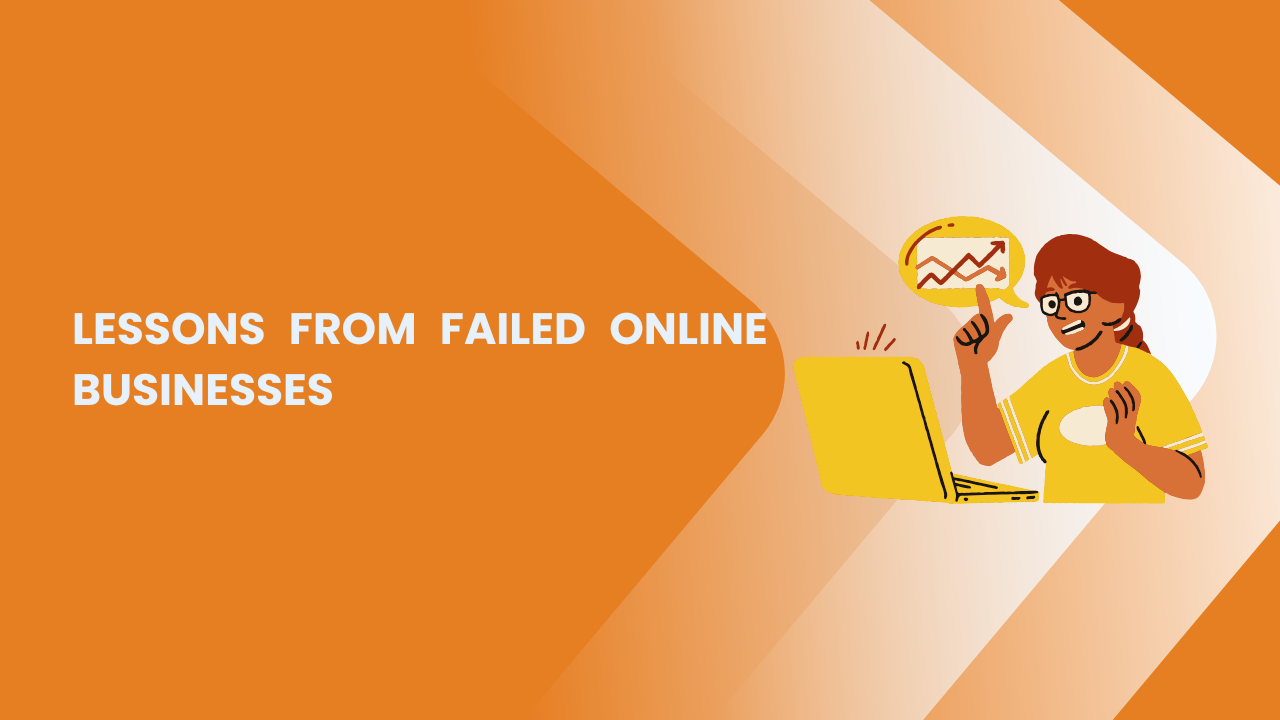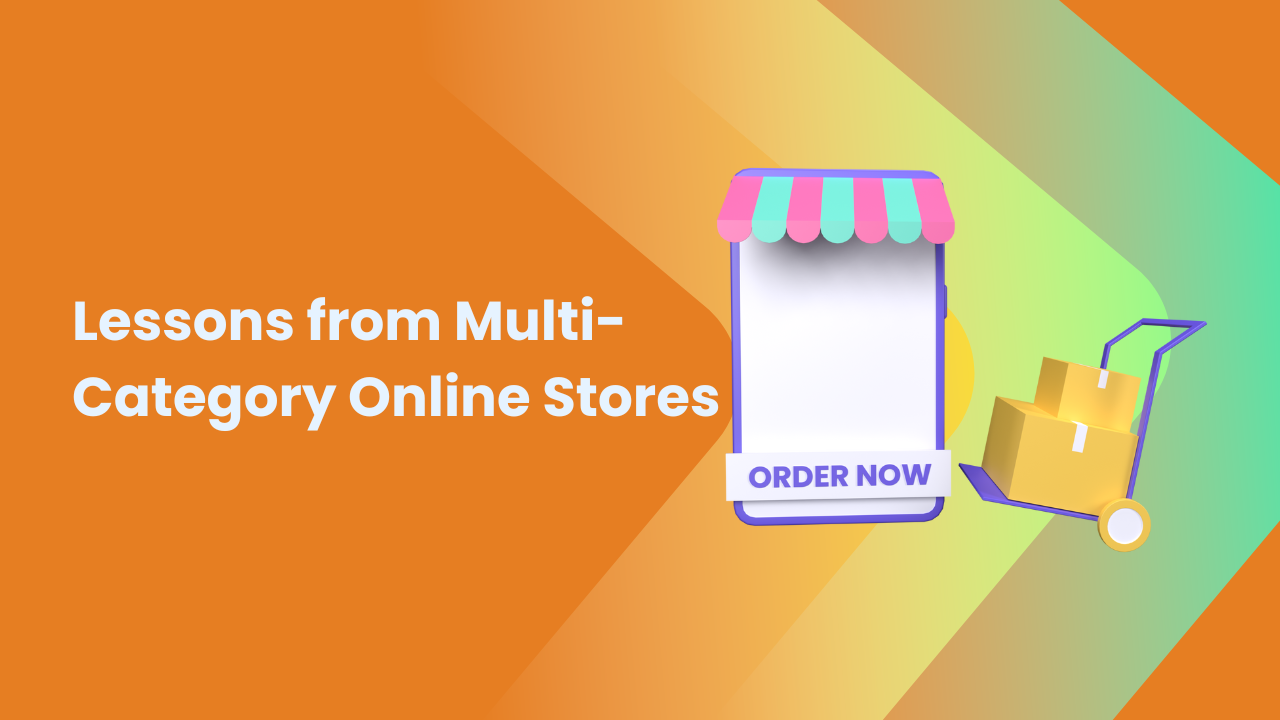Share this Article
Introduction to Selling Without Inventory
The digital era has reshaped how businesses operate, and one of the most fascinating opportunities it has created is the ability to sell products online without physically owning or storing inventory. Traditional commerce always required entrepreneurs to invest in stock, secure a warehouse, and manage logistics, which added significant upfront costs and risks. However, the rise of internet-based business models has introduced solutions that remove these barriers. Today, you can build a profitable online business without touching a single product, thanks to strategies like dropshipping, print-on-demand, affiliate marketing, digital products, and third-party fulfillment services.
For aspiring entrepreneurs, this concept is revolutionary. It levels the playing field by allowing individuals with limited resources to compete with larger retailers. It eliminates the need for large investments in inventory and storage while providing flexibility to test markets, experiment with product lines, and pivot quickly based on consumer demand. But to succeed, one must thoroughly understand the methods available, the tools required, the challenges involved, and the strategies that lead to long-term sustainability.
The Concept of Inventory-Free Selling
When we speak about selling without inventory, what we mean is a business model in which the seller does not physically own or store the products being sold. Instead, products are listed online, and when an order is placed, the seller either forwards the order to a supplier who ships it directly to the customer, or leverages a digital system that automatically fulfills the order. The seller focuses on marketing, branding, and customer relationships rather than stocking and shipping.
The popularity of this approach has skyrocketed due to reduced financial risks and accessibility. It allows entrepreneurs to start businesses from their laptops with little more than a reliable internet connection. It is especially appealing in developing economies where access to capital is limited, and where e-commerce infrastructure is rapidly expanding.
Why Inventory-Free Models Work in the Digital Economy
Modern e-commerce thrives on speed, convenience, and flexibility. Customers are less concerned about where a product is stored and more concerned about how quickly it arrives and whether it matches their expectations. By outsourcing storage and logistics to specialized suppliers, online sellers can focus on creating strong brands and user experiences.
Additionally, technology has created a seamless link between online stores and suppliers. With advanced platforms, you can integrate your e-commerce site with suppliers’ systems, ensuring that stock levels are updated in real-time, orders are processed automatically, and customers are provided with tracking information instantly. This automation makes it possible to scale a business without the bottlenecks of traditional inventory management.
Popular Business Models for Selling Without Inventory
Dropshipping as the Cornerstone
The most well-known method for selling online without inventory is dropshipping. In dropshipping, you create an online store, list products from a supplier, and when a customer makes a purchase, the supplier fulfills and ships the order directly to the customer. This means you never touch the product. The beauty of dropshipping lies in its simplicity and low startup cost. However, it requires careful selection of suppliers, competitive pricing strategies, and strong customer service practices.
Print-on-Demand and Customization
Another model gaining momentum is print-on-demand. This involves selling customized products such as t-shirts, mugs, phone cases, and posters that are only produced once an order is placed. The seller provides designs, while the printing and fulfillment company handles production and shipping. This model is perfect for creative entrepreneurs, artists, and influencers who want to monetize their creativity without managing stock.
Affiliate Marketing and Commission-Based Sales
In affiliate marketing, sellers promote other companies’ products through their online platforms, and when customers buy through their referral links, they earn a commission. This model requires no handling of products whatsoever and is entirely focused on driving traffic and conversions. Affiliate marketing relies heavily on content creation, SEO, and digital marketing strategies to generate income.
Digital Products and Services
Selling digital products like eBooks, courses, templates, software, or online memberships represents another powerful way to sell without inventory. Since digital goods are infinitely replicable, there is no storage or shipping cost, and profit margins are exceptionally high. Entrepreneurs in knowledge-based industries often choose this model because it relies on expertise rather than physical products.
Third-Party Fulfillment Services
Some entrepreneurs prefer to buy products in bulk but still avoid managing storage and logistics. For them, third-party fulfillment centers like Amazon FBA or local equivalents provide an ideal solution. The seller sends the products to the fulfillment center, and from there, the service provider handles warehousing, packaging, and shipping. Although this involves purchasing inventory upfront, it still eliminates the need for the seller to manage physical storage.
Building Your Online Store Without Inventory
Choosing the Right Platform
To start selling, you need a platform where your customers can browse and purchase products. Shopify, WooCommerce, BigCommerce, and Wix are popular platforms that support inventory-free business models. They allow easy integration with suppliers, marketplaces, and marketing tools. The platform you choose will depend on your budget, technical skills, and long-term vision.
Selecting Products Wisely
Product selection plays a decisive role in success. Without inventory, you have the freedom to test different niches quickly. However, this also means you must research market trends, demand, competition, and supplier reliability. Using tools like Google Trends, keyword research, and product-sourcing apps helps you identify profitable opportunities while minimizing risks.
Crafting a Brand Identity
Even without inventory, branding is critical. Customers must trust your store, believe in the quality of your products, and connect emotionally with your brand. A strong name, professional website design, compelling product descriptions, and active social media presence create credibility and distinguish you from competitors who may be selling identical products.
Integrating Suppliers and Automation
Automation is the backbone of inventory-free selling. By integrating your online store with supplier platforms, you can automate order placement, inventory updates, and shipment tracking. This minimizes errors and reduces the workload of manually managing each order. Platforms like Oberlo, Spocket, and Printful specialize in such integrations.
Marketing Strategies for Inventory-Free Selling
Leveraging Social Media
Social media is a powerful driver of traffic and sales for businesses without inventory. Platforms like Instagram, Facebook, and TikTok allow sellers to showcase products, build communities, and run targeted ads. Since you don’t manage inventory, your focus should be on storytelling, branding, and customer engagement.
Content Marketing and SEO
Long-term success depends on building organic visibility. Blogs, YouTube videos, and SEO-optimized product descriptions help attract customers searching for solutions. By becoming an authority in your niche, you gain trust and generate consistent sales without relying solely on paid ads.
Paid Advertising and Retargeting
Although organic growth is vital, paid advertising accelerates sales. Google Ads, Facebook Ads, and TikTok Ads allow you to target specific demographics with precision. Retargeting campaigns ensure that visitors who don’t purchase initially are reminded of your brand until they convert.
Building Customer Relationships
Since you don’t control inventory or shipping, customer service becomes your strongest competitive advantage. Responding promptly to inquiries, handling refunds smoothly, and maintaining transparency about shipping times are essential practices. Customers are more likely to forgive delays when they feel valued and respected.
Challenges of Selling Without Inventory
Quality Control Issues
One of the biggest drawbacks of dropshipping and similar models is the lack of direct quality control. Since you don’t handle the products, there’s always a risk of receiving complaints about poor product quality. To mitigate this, you must carefully vet suppliers, order samples, and continuously monitor customer feedback.
Shipping Delays and Customer Expectations
Many inventory-free models involve international suppliers, which can lead to longer shipping times. Customers accustomed to fast delivery may become frustrated. To manage this, communicate shipping expectations clearly and explore local or regional suppliers for quicker fulfillment.
Competition and Market Saturation
Because entry barriers are low, many niches quickly become oversaturated. To stand out, you must differentiate through branding, niche focus, and exceptional customer experience rather than competing solely on price.
Dependence on Third Parties
Relying on suppliers, platforms, or fulfillment centers means your business is partially out of your control. If a supplier runs out of stock or raises prices, your business may suffer. Diversifying suppliers and building backup strategies is crucial.
Step-by-Step Guide to Starting Your Inventory-Free Business
Understanding Your Niche and Target Market
Before building your online store, the most important step is identifying your niche. In an inventory-free model, niche selection determines the kind of suppliers you partner with, the products you sell, and the audience you market to. A niche is not just a category; it is a focused area where you can establish authority. For example, instead of selling “clothes,” you might specialize in “eco-friendly yoga wear” or “street-style fashion for teens.”
Studying your target market helps you understand who your customers are, what problems they face, and how your products can serve them better than competitors. Detailed customer personas—covering age, interests, income level, location, and shopping habits—give you direction in marketing and branding. Without this clarity, you risk spreading your efforts too thin and failing to connect with buyers.
Researching Suppliers and Partnerships
Since you will not be handling inventory yourself, your suppliers become the backbone of your business. Researching and selecting reliable partners is essential. Dropshipping platforms like AliExpress, Spocket, and DSers offer global supplier connections, but you must carefully evaluate their ratings, product quality, and shipping times. In the print-on-demand industry, services like Printful, Printify, and Teespring have built reputations for consistency and quality.
A wise approach is to build relationships with multiple suppliers. This protects you from unexpected stockouts or delays and allows you to test different product qualities. Ordering samples for yourself ensures you understand what your customers will receive, enabling you to make informed marketing claims.
Setting Up Your Online Store
Once you’ve chosen your niche and suppliers, the next step is building your store. Platforms like Shopify make it simple to launch a professional e-commerce site without technical expertise. WooCommerce, which works with WordPress, is another flexible option for those comfortable with a bit more customization.
A successful online store needs a clean, user-friendly design. Customers should find it easy to navigate, browse products, and complete purchases. High-quality product images, persuasive descriptions, and customer reviews increase trust. Since you are not storing inventory, ensure your store’s product catalog automatically syncs with supplier databases so availability and pricing remain accurate.
Payment Gateways and Checkout Experience
Smooth payment processes are crucial in building customer trust. Popular payment gateways such as PayPal, Stripe, and local options (depending on the region) make transactions secure and convenient. Always offer multiple payment methods to accommodate customer preferences. An optimized checkout page with minimal friction reduces cart abandonment rates and enhances sales conversions.
Crafting Strong Policies
Inventory-free selling often faces challenges like longer shipping times and varying quality. To prepare for this, create clear policies for shipping, returns, and refunds. Transparency builds credibility with customers. For example, if shipping takes 15 days, communicate it upfront rather than leaving customers frustrated. Many entrepreneurs underestimate the power of strong policies, but they form the foundation of customer trust and loyalty.
Advanced Marketing Strategies
Building Authority Through Content Marketing
One of the strongest ways to grow a sustainable inventory-free business is by becoming an authority in your chosen niche. Content marketing helps you achieve this. For example, if you are selling fitness gear through dropshipping, create blogs, YouTube videos, or Instagram reels about workouts, nutrition, and lifestyle tips. By offering valuable content, you position your brand as a trusted voice, attracting an audience that is more likely to buy from you.
Content marketing also strengthens SEO (search engine optimization), driving free traffic to your store. The more content you create around your products and niche, the higher your chances of ranking on search engines when potential customers look for solutions.
Leveraging Influencer Marketing
Influencer collaborations can rapidly accelerate brand awareness. By partnering with micro-influencers in your niche, you tap into an already engaged audience. Since you are not managing inventory, you can focus your resources on building these partnerships instead of warehousing costs. Offering free product samples (from your suppliers) or affiliate-style commissions motivates influencers to promote your products authentically.
Email Marketing for Long-Term Engagement
Email marketing is a powerful strategy often overlooked by beginners. Unlike social media followers, your email list is an asset you fully own. Use it to build long-term relationships by sending newsletters, exclusive discounts, or valuable insights related to your niche. Automated email sequences—like welcome emails, abandoned cart reminders, and loyalty offers—help maximize conversions without constant manual effort.
Paid Advertising with Precision
Running ads can be expensive, but when done correctly, it accelerates growth. Platforms like Facebook Ads and Google Ads allow precise targeting based on age, interests, and behavior. Since dropshipping margins can be thin, careful budget allocation and split-testing different ad creatives are necessary. Retargeting campaigns, where ads are shown to people who visited your store but didn’t purchase, often deliver the highest ROI.
Scaling Your Inventory-Free Business
Expanding Product Lines and Niches
Once you establish a successful store, scaling involves adding more products or even expanding into related niches. For instance, if you started with eco-friendly yoga mats, you can expand into yoga accessories, apparel, or wellness supplements. However, avoid overwhelming your customers with too many unrelated products. Stay consistent with your brand identity.
Building a Strong Brand Story
The biggest limitation of selling without inventory is that many other entrepreneurs may be selling identical products. To stand out, you must build a compelling brand story. Share your mission, values, and the inspiration behind your business. Customers are more likely to buy from brands they emotionally connect with than from anonymous stores selling generic items.
Outsourcing and Automation for Growth
Scaling requires you to delegate repetitive tasks. Hire virtual assistants to handle customer service, social media, or content creation. Use automation tools for email marketing, order processing, and analytics tracking. The less time you spend on small tasks, the more you can focus on strategy and brand building.
Exploring Multiple Sales Channels
Don’t rely solely on your online store. Selling on marketplaces like Amazon, eBay, or Etsy broadens your reach. Social commerce platforms like Facebook Shops and Instagram Shops also make it easier to meet customers where they already spend time. Each platform has unique advantages, and diversifying sales channels reduces dependence on a single source of traffic.
Real-World Case Studies and Success Stories
The Rise of Dropshipping Entrepreneurs
One of the most widely shared success stories comes from young entrepreneurs who started with minimal capital and grew their dropshipping stores into six-figure businesses. For example, many Shopify case studies showcase students and freelancers who launched niche stores in fashion accessories, pet supplies, or phone gadgets. They relied heavily on targeted Facebook ads and influencer collaborations to build momentum. Although not every dropshipping story is a runaway success, these examples demonstrate that with persistence, research, and marketing skill, inventory-free businesses can achieve remarkable results.
Print-on-Demand Creativity in Action
The print-on-demand model has empowered artists and designers across the globe. Consider an illustrator who begins selling custom-designed t-shirts and mugs. Without investing in inventory, they can upload their artwork to platforms like Printful, and every order is printed and shipped automatically. Many creators have scaled this approach by building communities around their art through Instagram or TikTok, converting followers into paying customers. What stands out in these stories is that passion and creativity can be directly monetized without worrying about warehousing or large upfront investments.
Affiliate Marketing Success Stories
Affiliate marketers often begin with blogs or YouTube channels in specific niches. For instance, a travel blogger may recommend luggage, booking platforms, or gadgets, earning commissions every time a follower makes a purchase through their links. Successful affiliates like Pat Flynn have turned this strategy into multi-million-dollar businesses by focusing on transparency, trust, and consistent content creation. These case studies emphasize the importance of building credibility and delivering genuine value rather than aggressively pushing sales.
Digital Products as a Path to Financial Freedom
Another inspiring category of inventory-free selling is digital products. Entrepreneurs who sell online courses, templates, or eBooks often achieve impressive margins. For instance, an online language teacher can design digital lessons and sell them globally without worrying about shipping delays or stockouts. Once created, digital products can generate passive income for years with minimal additional effort.
Legal, Ethical, and Practical Considerations
Registering Your Business
Even though you are selling without inventory, you still need to operate legally. Registering your business ensures you comply with tax regulations and gain access to business bank accounts and payment gateways. Depending on your country, you may need to apply for a business license, register for VAT or sales tax, and maintain proper records of income and expenses.
Handling Taxes in Different Regions
Selling online often involves customers from different regions, each with unique tax requirements. Dropshipping, for example, may require you to account for VAT in Europe or GST in countries like Australia. Many platforms provide tools to automate tax calculations, but consulting an accountant ensures compliance and prevents future complications.
Protecting Your Brand and Content
Since you don’t control inventory, your brand identity is your most valuable asset. Protect it by registering trademarks, securing a professional domain name, and protecting your original content from plagiarism. Legal safeguards not only build credibility but also protect your long-term investment.
Ethical Considerations in Customer Communication
Ethics play a crucial role in building lasting customer relationships. Be transparent about shipping times, product origins, and return policies. Many sellers fail because they mislead customers with promises of fast delivery or premium quality while relying on slow suppliers. Long-term success depends on honesty and consistency, even if it means fewer short-term sales.
Risk Management and Backup Plans
Since inventory-free selling depends on third parties, disruptions are always possible. Suppliers may suddenly raise prices, shipping delays may frustrate customers, or platforms may change policies. Always diversify suppliers, build backup partnerships, and maintain an emergency fund for unexpected refunds or advertising losses.
Future Trends in Inventory-Free Selling
Growth of Artificial Intelligence and Automation
The future of selling without inventory is heavily tied to AI. Smart chatbots already handle customer inquiries, while predictive analytics tools suggest the best products to sell based on trends. In the coming years, AI will automate nearly every aspect of inventory-free businesses, from personalized ads to advanced supply chain monitoring. Entrepreneurs who embrace these technologies early will gain a strong competitive edge.
Sustainability and Eco-Friendly Products
As consumers become more eco-conscious, sellers who choose sustainable suppliers and transparent supply chains will have an advantage. For example, eco-friendly print-on-demand companies or dropshipping suppliers with ethical manufacturing practices will stand out in crowded markets. Sustainability is no longer a buzzword but a deciding factor for many customers.
Rise of Localized Dropshipping
While global dropshipping remains popular, there is a growing trend toward localized suppliers. Customers increasingly expect faster shipping, and businesses that partner with local warehouses or fulfillment centers can reduce delays. This hybrid model—combining global variety with local convenience—may dominate the next decade of e-commerce.
Social Commerce and Influencer Integration
The line between content creation and commerce continues to blur. Platforms like TikTok and Instagram are already integrating in-app shopping experiences. In the future, influencers may become fulfillment partners themselves, leveraging their audiences to sell products without ever handling stock. Entrepreneurs must adapt by embracing storytelling and community-driven marketing.
Conclusion: Building a Future Without Inventory
Selling online without inventory is more than just a cost-saving strategy—it is a new way of thinking about business in the digital age. It removes traditional barriers like warehousing, upfront investment, and physical logistics, allowing anyone with creativity and determination to build a brand. Whether through dropshipping, print-on-demand, affiliate marketing, or digital products, the possibilities are vast.
Yet success in this field does not come from shortcuts. It requires careful research, supplier partnerships, strategic marketing, and an unwavering commitment to customer satisfaction. The most successful inventory-free businesses focus on building strong brands, delivering value through content, and adapting to changing market demands.
The landscape will continue to evolve with AI, sustainability, and social commerce shaping the next wave of opportunities. Entrepreneurs who remain adaptable and transparent will thrive. Ultimately, selling without inventory is not about avoiding responsibility—it is about leveraging the digital tools available to create efficient, flexible, and scalable businesses.
For aspiring entrepreneurs, the path is clear: start small, learn continuously, focus on building relationships, and embrace the limitless potential of e-commerce without inventory. In doing so, you not only reduce risks but also open doors to global markets, financial independence, and the freedom to shape your business around your lifestyle.
Categories:
E-commerce Tips & Tutorials
Tags:
ShopOnlineNepal
,
Online







